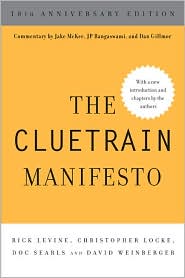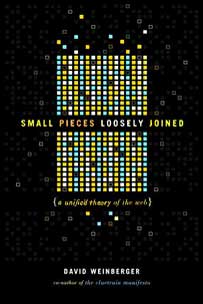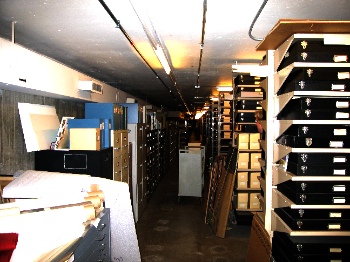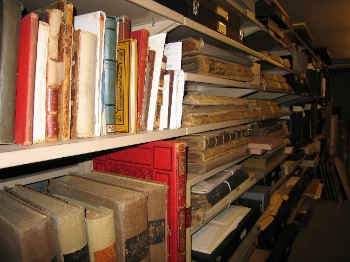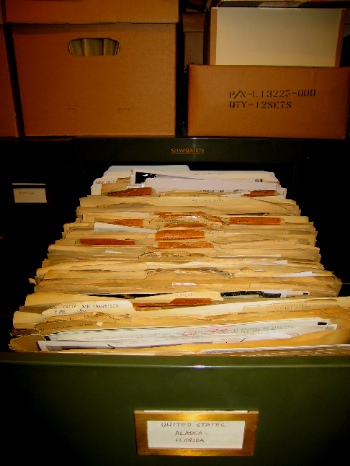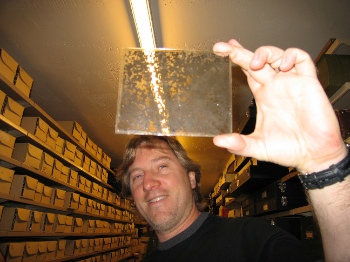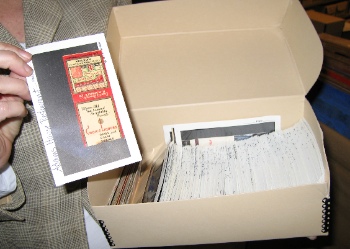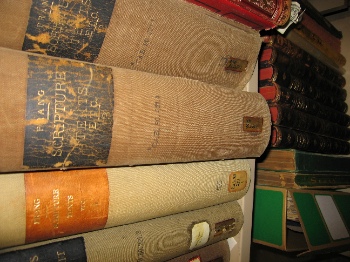November 7, 2008
A taxonomy of philosophy
David Chalmers and David Bourget are creating a taxonomy of philosophy. David C blogs about it here.The notion of conceiving of philosophy as a tree, with each topic in one right spot, strikes me as both a producing of meaning and a paring down of meaning. But, if it’s useful in some contexts, then great. [LATER: This link back to this post is really informative and interesting.]



